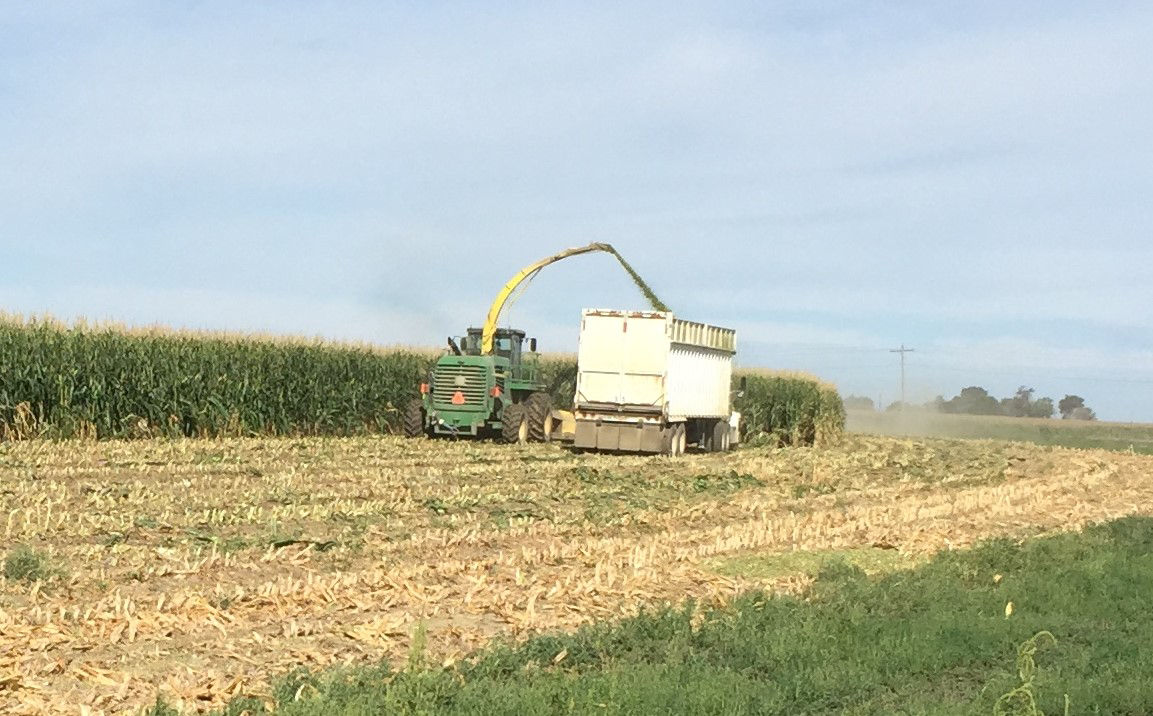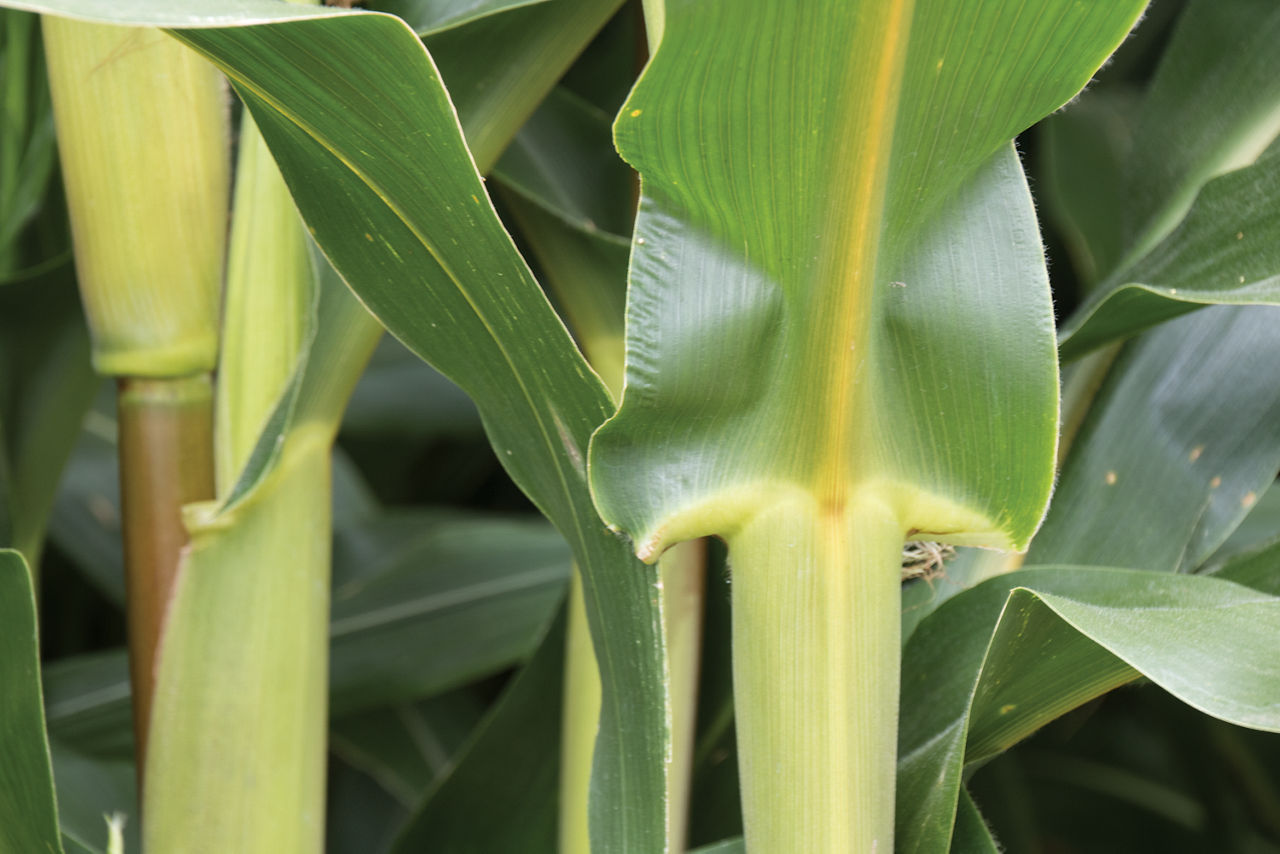Corn Products for Silage
July 16, 2025
Selecting the best corn products for silage is dependent on many factors which can include soil type adaptation, drought tolerance, product maturity, disease tolerance, traits (insect and herbicide tolerance), animal (dairy or beef), use (silage, grain, or both), digestibility, low fiber, high protein, and is the silage for on-farm use or to be commercially sold. Many of these factors are the same factors that must be considered for grain only production. Different types of corn can be used for silage including corn products developed specifically for silage (leafy, tall, grain yield), conventional high grain yield potential products, brown midrib corn (BMR), tropical corn, and other types.1
The Channel® brand silage corn portfolio has over 100 products ranging in relative maturities from 85 days to 120 days. The portfolio includes products specifically bred for silage and conventional products that offer high silage and grain yield potentials (Figure 1). Your Channel® brand representative can help determine which product is best adapted for an operations silage need. Of the many silage products offered by Channel® brand, it does not offer a brown midrib (BMR) corn product.

Brown midrib corn (BMR) is a natural mutation of dent corn discovered in St. Paul, Minnesota in 1924 and is characterized by having a brown midrib in each corn leaf and darker stalks (Figure 2). This naturally occurring variant was found to contain a higher percentage of cellulose and hemicellulose in plant tissues and a reduced lignin content. This change in cellular structure was found to improve digestibility by ruminants. When fed as part of a balanced ration BMR corn can lead to higher dry matter intake and higher milk yields of lactating cows. A literature review of studies found that a diet ration containing BMR corn increases dry matter intake by 2.6 pounds per day and milk production by nearly 3.75 pounds per day.2 BMR silage corn is an excellent forage for dairy operations who are looking to increase cows daily milk production and can dedicate some additional land to the production of the forage necessary to make it happen.

Regardless of BMR feed value attributes, BMR silage products may differ slightly from a standard leafy silage product and because of breeding challenges, lack other desired agronomic characteristics including grain yield potential and overall disease tolerances.
Managing Silage Corn Products
As with all harvested crops, it is critical to replace the nutrients that are removed from a field to help ensure long-term productivity. Corn silage products remove about 3.5 pounds of P2O5/ton and 9 pounds of K2O/ton of material removed. A high fertility environment helps to mitigate those risks.
Planting rates are usually increased for silage production to help increase tonnage potential. However, overall ear size can decrease with higher seeding rates. Research has indicated that an additional 1500 seeds/acre over grain corn planting rates can help maximize milk production.3
For silage production information, please visit Selecting Corn Products for Silage and Parameters for Silage Product Selection.
James Jordan
Channel Agronomist
Sources
1Hybrid Selection. Silage. Corn Agronomy. University of Wisconsin-Madison. http://corn.agronomy.wisc.edu/Silage/S001.aspx
2Gencoglu, H., Shaver, R., Lauer, J. 2008. Brown midrib corn silage for lactating dairy cows: a contemporary review. https://fyi.extension.wisc.edu/forage/files/2016/09/BMRfeedingtrialreview2008web.pdf
3Coulter, J. 2021. Strategies to optimize corn silage production. University of Minnesota Extension. https://extension.umn.edu/corn-planting/strategies-optimize-corn-silage-production
Web sites verified 5/29/25. 1110_602900